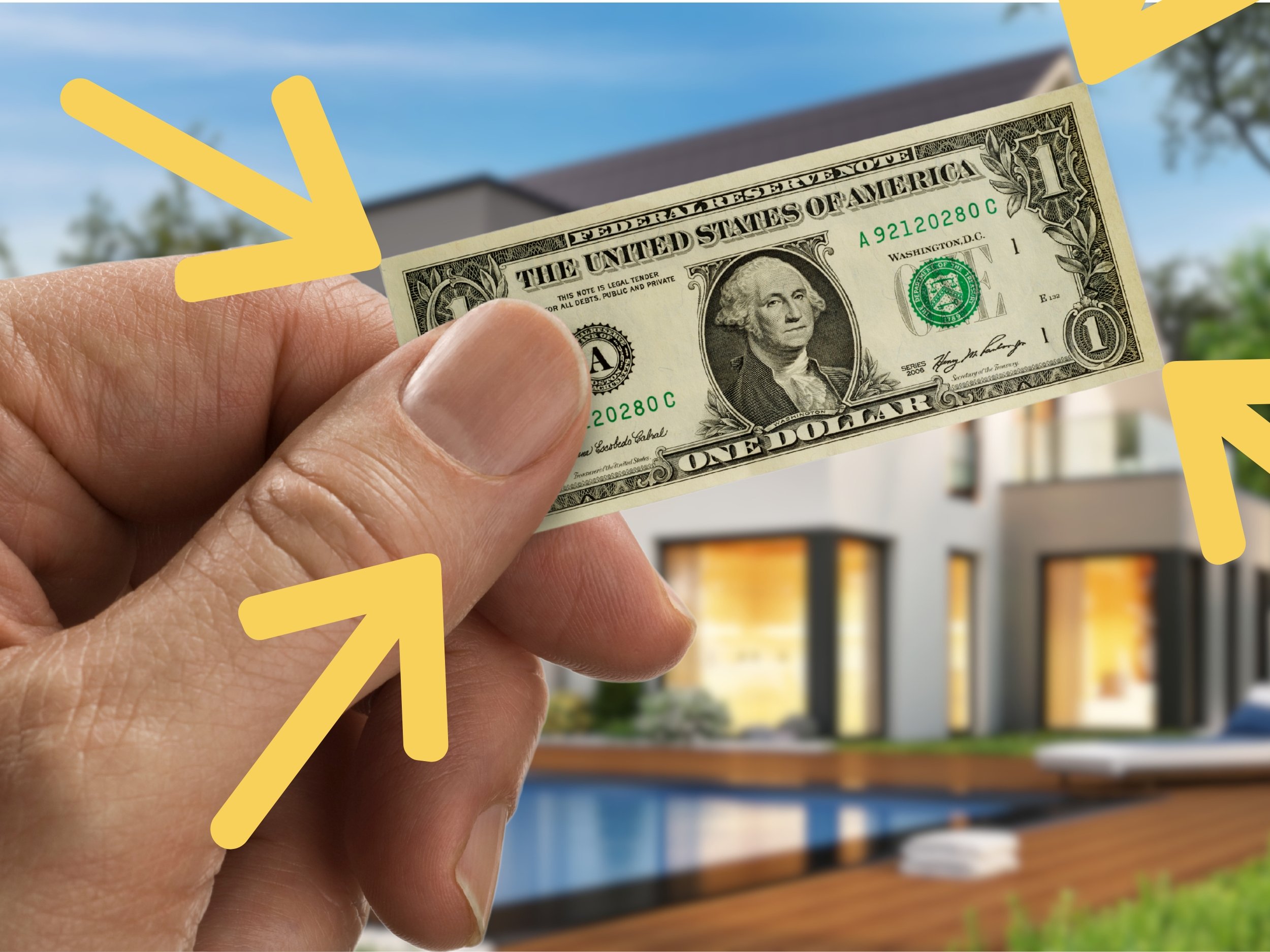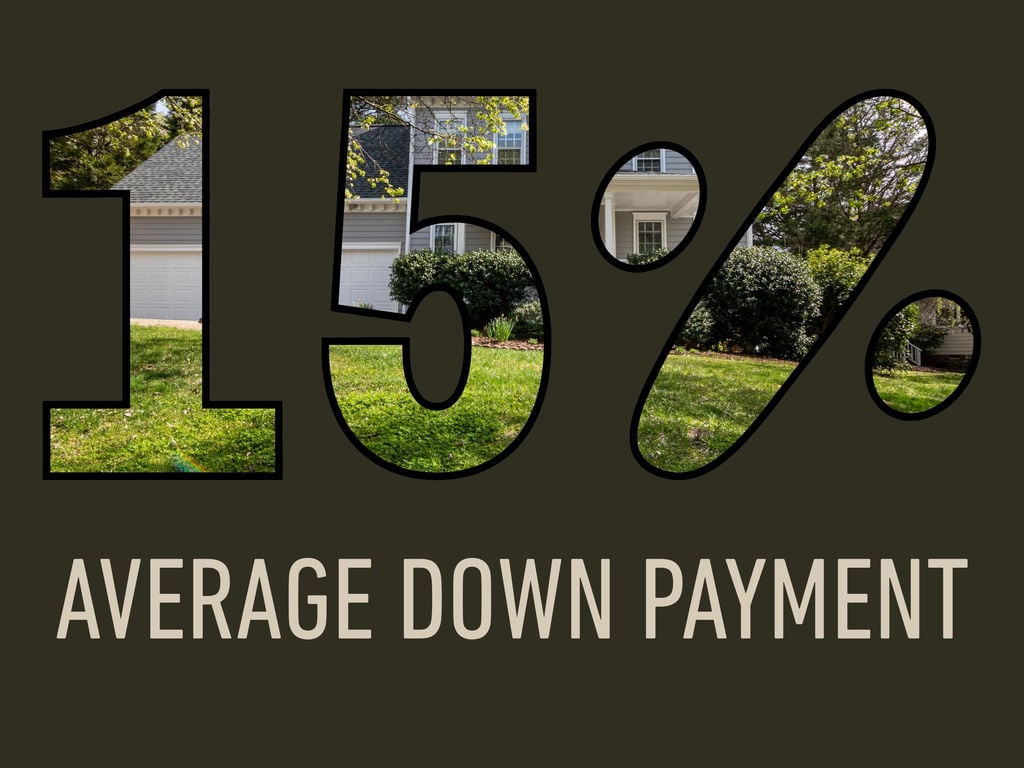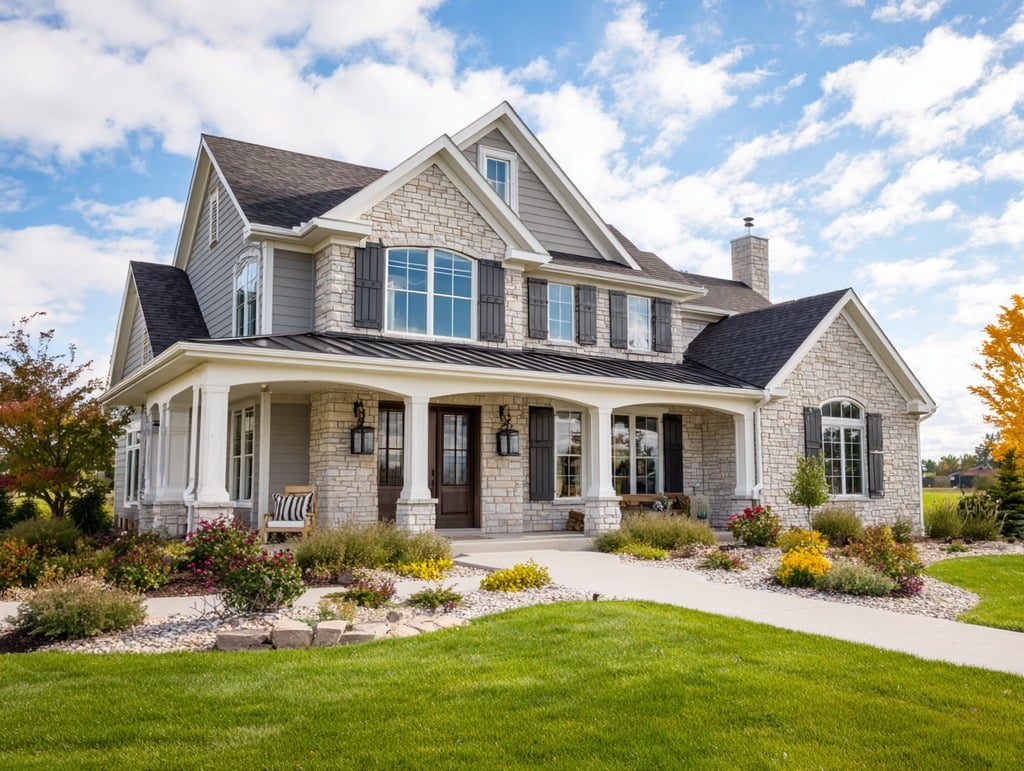If you’re planning to buy a home in 2025, you may have noticed something surprising in the latest housing market headlines: down payments are shrinking across the U.S. For the first time in nearly two years, the typical dollar amount that buyers are putting down on homes is falling—even as mortgage rates remain elevated and housing affordability continues to challenge many.
So what does this trend mean for you as a prospective homebuyer? Is this a sign that the market is finally easing up? Could it make buying a home more feasible—even in high-demand areas like coastal North Carolina?
Let’s take a deep dive into what’s happening, why it matters, and how you can use this shift to your advantage.
The Numbers: Down Payments Are Getting Smaller
According to a recent Redfin report, the typical U.S. homebuyer put down $62,468 in April 2025. That’s about 1% less than the same time last year and marks the first annual decline in down payments since the summer of 2023.
Even more interesting? While the dollar figure has dipped, the average percentage of the purchase price paid upfront has held steady at around 15%. This suggests that people aren’t necessarily becoming more generous with their borrowing—homes themselves are getting slightly more affordable, and buyers are becoming more strategic.
What’s Causing Down Payments to Shrink?
Several key factors are driving this shift—and they all intersect to make the current market a little more friendly for buyers.
1. Home Prices Are Cooling
After years of steep price climbs, home prices are beginning to plateau. In April 2025, national home prices increased by just 1.4% compared to the same month a year prior. That’s a dramatic slowdown from the nearly 4% growth seen in April 2024.
In practical terms: when homes cost less (or stop getting more expensive at breakneck speed), the amount of money needed for a 10% or 15% down payment naturally declines.
2. Buyers Are Choosing Lower-Priced Homes
With mortgage rates hovering around 7%, many buyers are becoming more selective. They’re seeking out smaller homes, different neighborhoods, or more affordable markets to reduce their overall loan burden.
That trend is especially evident in areas with more diverse inventory—like New Hanover, Brunswick, and Pender Counties in North Carolina—where it’s possible to shift focus from luxury listings to mid-range or starter homes without compromising on lifestyle.
3. FHA and VA Loans Are Gaining Popularity
A growing share of buyers is turning to low down payment mortgage programs:
-
FHA loans, which require as little as 3.5% down, now account for 15.3% of new mortgages.
-
VA loans, which often require zero down, have risen to 7.2% of the market—their highest April share since 2020.
These programs make homeownership more accessible, particularly for first-time buyers, veterans, and those with limited savings. And they’re having a ripple effect, pulling down the overall national average for down payments.
4. The Market Is Shifting Toward Buyers
After years of sellers holding all the cards, buyers are starting to regain some leverage. With inventory levels creeping up and competition cooling, sellers are more open to negotiating—not just on price, but also on terms like down payment flexibility, closing costs, or seller concessions.
What This Means for You as a Homebuyer
If you’ve been sitting on the sidelines wondering whether now is a smart time to buy, this shift in down payment trends could be a sign that the tide is turning in your favor. Here’s how to make the most of it:
1. You Don’t Need 20% Down—And You Probably Never Did
The idea that buyers must put down 20% to purchase a home is one of the most persistent myths in real estate. While a larger down payment can help you avoid mortgage insurance and secure better loan terms, most buyers today put down far less.
-
Average down payment in April 2025: 15%
-
FHA down payment: 3.5%
-
VA down payment: 0%
If you’re a first-time buyer or someone with a solid income but limited savings, low down payment loan programs can open the door to homeownership much sooner than you thought.
2. Explore Every Financing Option
Talk to a lender early in the process to explore which loan programs you qualify for. You might be eligible for:
-
Down payment assistance programs (especially for first-time or low-to-moderate income buyers)
-
Grants from local municipalities or nonprofits
-
Special lending programs for teachers, first responders, or healthcare workers
These can reduce not just your upfront costs, but your long-term financial burden.
3. Use Market Conditions to Negotiate
In many markets—including parts of the greater Wilmington area—sellers are becoming more realistic about pricing. This means:
-
You may not need to bid above asking
-
Sellers might offer credits for closing costs or repairs
-
More listings are staying active longer, giving you time to make thoughtful decisions instead of rushing
All of these factors can reduce the cash you need to bring to the table at closing.
4. Work with an Agent Who Knows How to Maximize Your Budget
When you’re trying to get the most value for your money—and minimize your upfront expenses—it’s crucial to partner with a real estate team that understands today’s financing options, local market shifts, and negotiation tactics.
Our team at The Cameron Team has helped hundreds of buyers navigate everything from first-time home purchases to relocations, and we understand how to strategically structure offers to keep your costs low while still winning the home you want.
Where Down Payments Are Shrinking the Most
Redfin’s data also showed some striking regional differences in down payment trends:
Highest Down Payment Markets (as % of home price):
-
San Francisco (~25%)
-
Anaheim (~25%)
-
San Jose (~25%)
These metro areas continue to demand high upfront costs due to elevated home prices and wealthier buyer pools.
Lowest Down Payment Markets:
-
Virginia Beach (1.8%)
-
Detroit (5%)
-
Jacksonville, FL (5.4%)
These areas are seeing lower home prices and more buyers using FHA/VA loans or assistance programs.
What’s Next? Will Down Payments Keep Dropping?
It’s hard to say how long this trend will last. If interest rates stay high but prices continue to plateau—or even dip slightly—down payments could keep shrinking through the rest of 2025. On the other hand, if rates fall and buyer demand surges, prices could climb again, reversing the trend.
But in the meantime, savvy buyers are using this window to get into homes with less cash out of pocket and more flexibility than they’ve seen in years.
The Bottom Line
You don’t need a massive down payment to buy a home in today’s market. With national and local shifts in pricing, loan availability, and seller expectations, there are more ways than ever to buy smart, even if you don’t have 20% saved.
By understanding how shrinking down payments reflect broader economic trends—and using the tools and programs available to you—you can make a confident, informed move toward homeownership.
And when you’re ready to take that step, The Cameron Team is here to help. From connecting you with trusted lenders to finding homes that fit your budget and lifestyle, we’ll guide you through every stage of the process.
Want to learn more about what your down payment could look like?
Let’s talk about your goals and build a custom strategy for buying in today’s market. Contact us today to get started.








